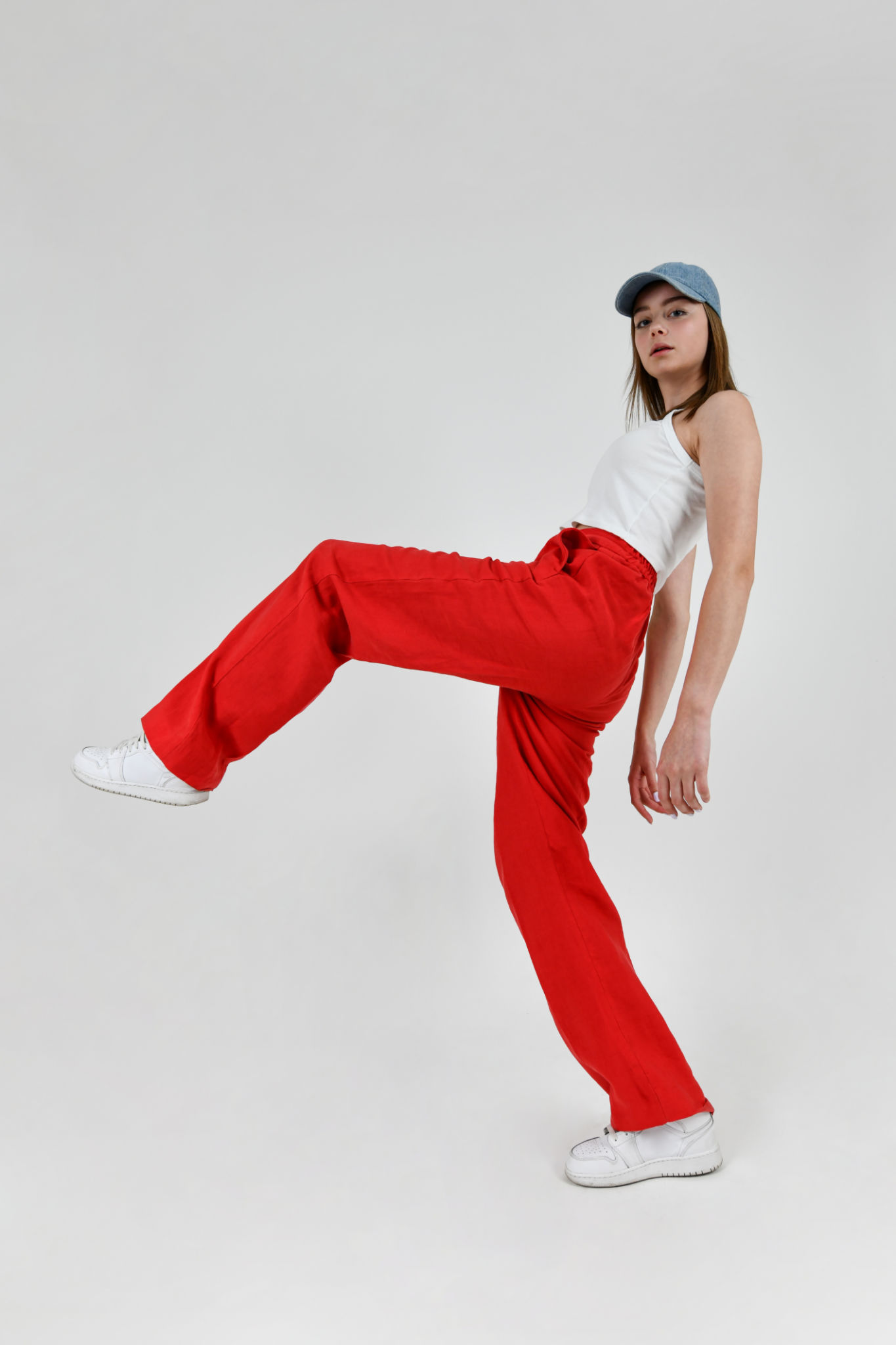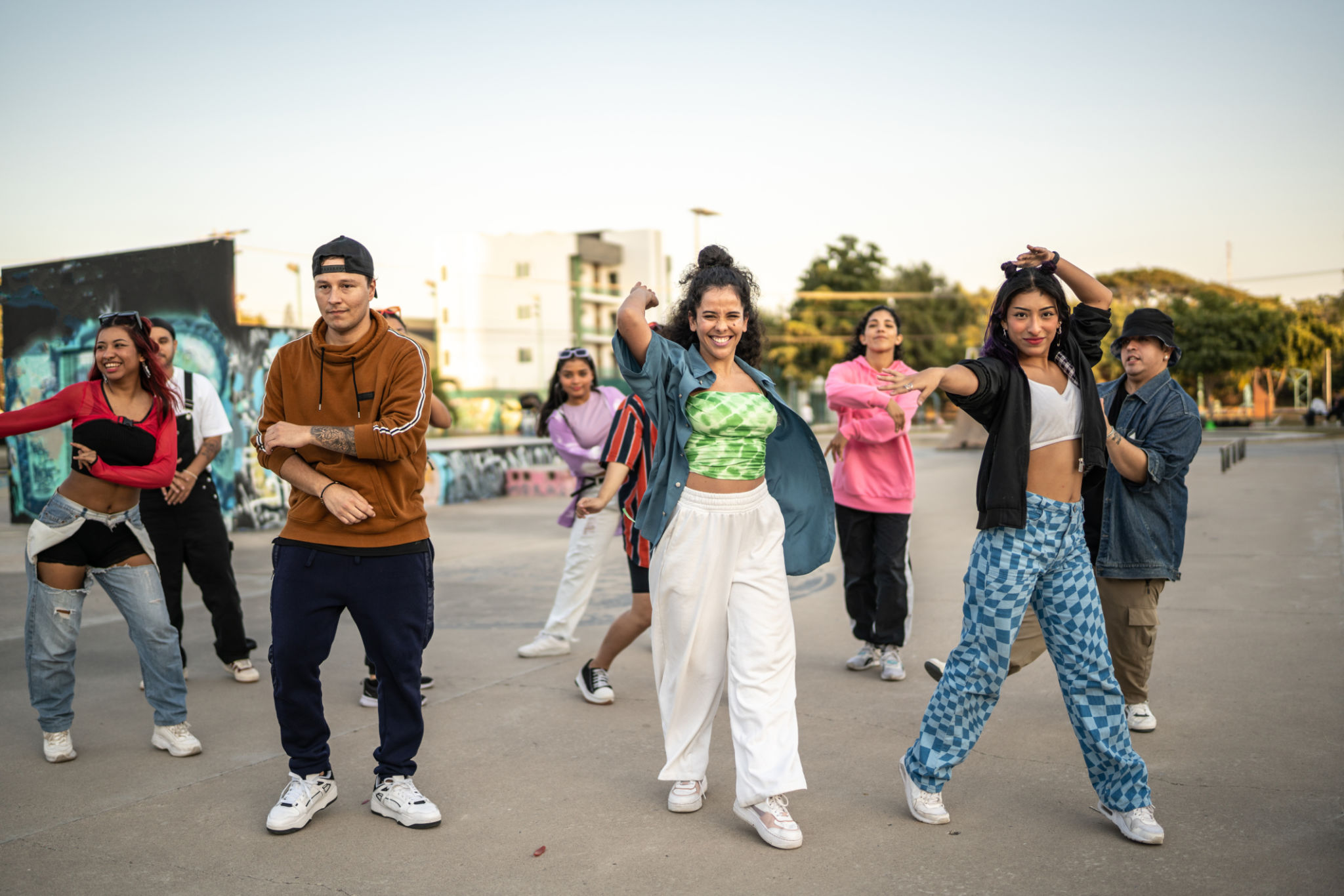The Evolution of R&B and Hip-Hop in Urban Culture Festivals
The Roots of R&B and Hip-Hop
R&B and hip-hop have long been intertwined in the tapestry of urban culture, serving as powerful vehicles for expression and social commentary. Emerging from the African American communities in the late 20th century, these genres have evolved significantly, influencing and being influenced by various cultural dynamics. Understanding their journey is crucial to appreciating their current role in urban culture festivals.
Initially, R&B, or Rhythm and Blues, emerged as a fusion of jazz, gospel, and blues. It provided a soulful outlet that resonated with the struggles and aspirations of African Americans. Hip-hop, on the other hand, began in the streets of New York City during the 1970s, characterized by its rhythmic beats and lyrical prowess. Together, these genres laid the foundation for a cultural revolution.

The Rise of Urban Culture Festivals
Urban culture festivals have played a pivotal role in the evolution of R&B and hip-hop. These events celebrate the vibrant diversity and creativity within urban communities, acting as a platform for artists to showcase their talents. From small community gatherings to large-scale international festivals, the landscape has grown exponentially over the decades.
Festivals like the Essence Festival, Afropunk, and Made in America have become cornerstones of urban culture, offering a stage for both established and emerging artists. These festivals not only highlight musical performances but also incorporate elements of fashion, art, and social activism, creating a holistic cultural experience.

Influence on Fashion and Art
R&B and hip-hop have transcended music to influence fashion and art significantly. The genres have inspired countless trends, from streetwear to high fashion, often seen in the vibrant attire of festival-goers. Artists like Kanye West and Pharrell Williams have made significant impacts on fashion through their music and personal styles.
In art, hip-hop and R&B have inspired a multitude of visual artists who incorporate themes from these genres into their work. Graffiti art, which is closely associated with hip-hop culture, has become a respected art form that often features prominently at urban culture festivals.

Social Impact and Activism
The influence of R&B and hip-hop extends beyond entertainment; these genres have become powerful tools for social impact and activism. Artists use their platforms to address issues such as racial inequality, police brutality, and economic disparity. Festivals provide an opportunity for these messages to reach a broader audience.
Many urban culture festivals incorporate panels and workshops that focus on social justice topics, allowing attendees to engage in meaningful conversations. This aspect highlights the role of music as a catalyst for change and emphasizes its importance in shaping societal norms.

The Future of R&B and Hip-Hop in Festivals
As we look to the future, R&B and hip-hop continue to evolve, embracing new technologies and trends. The integration of virtual reality experiences and live streaming at festivals is expanding their reach to global audiences. This digital transformation is ensuring that the influence of these genres continues to grow.
Moreover, collaborations across genres are becoming more common, introducing diverse sounds into R&B and hip-hop. This fusion not only enriches the music but also attracts a wider array of festival attendees who are eager to experience innovative performances.
In conclusion, the evolution of R&B and hip-hop within urban culture festivals is a testament to their enduring impact and relevance. These genres not only entertain but also educate and inspire, making them integral to the fabric of modern urban culture.